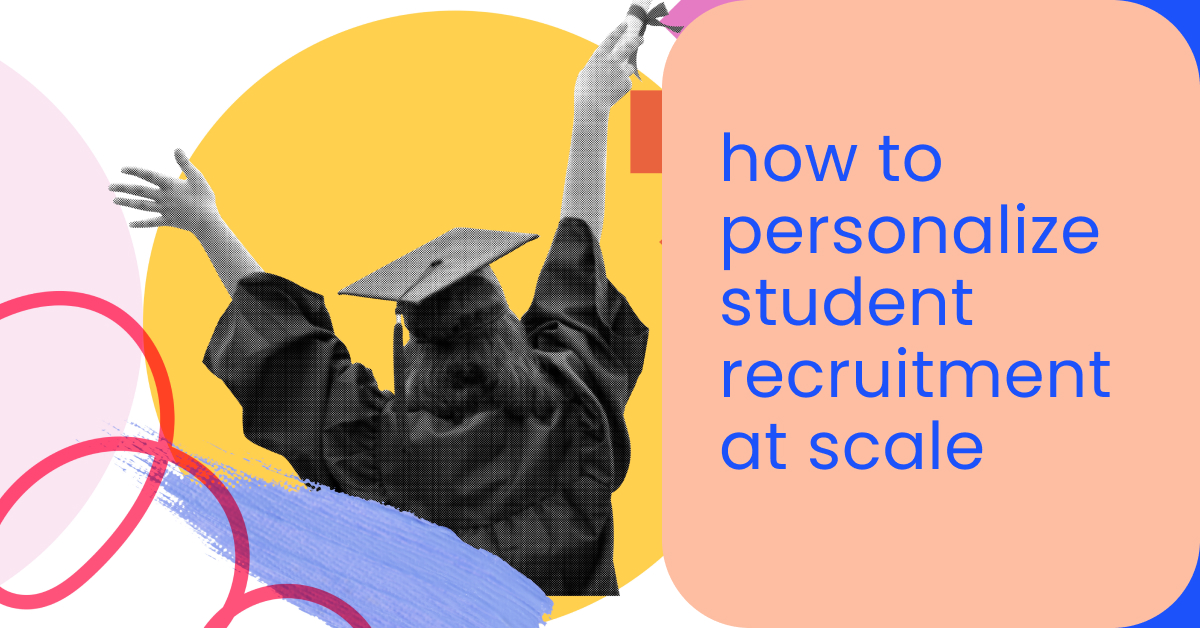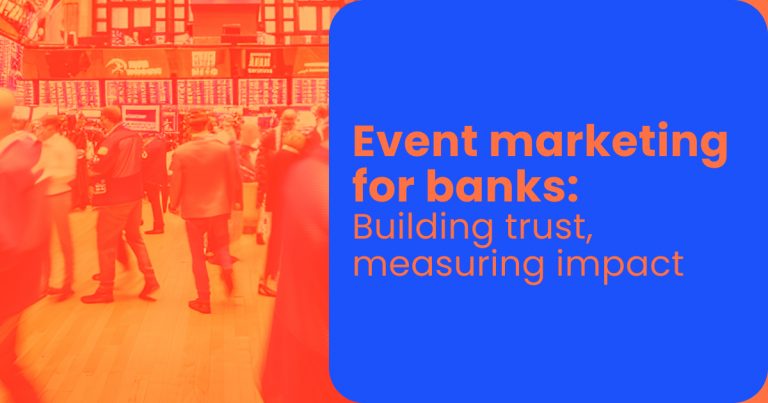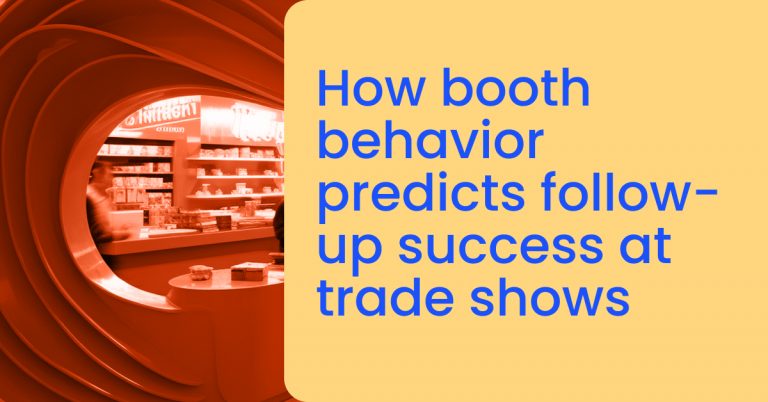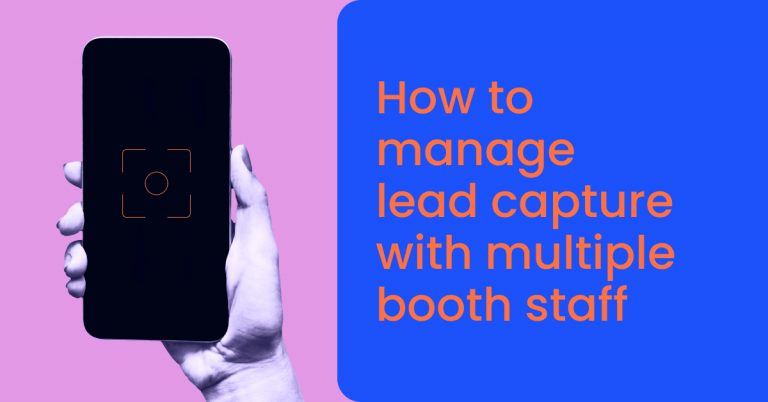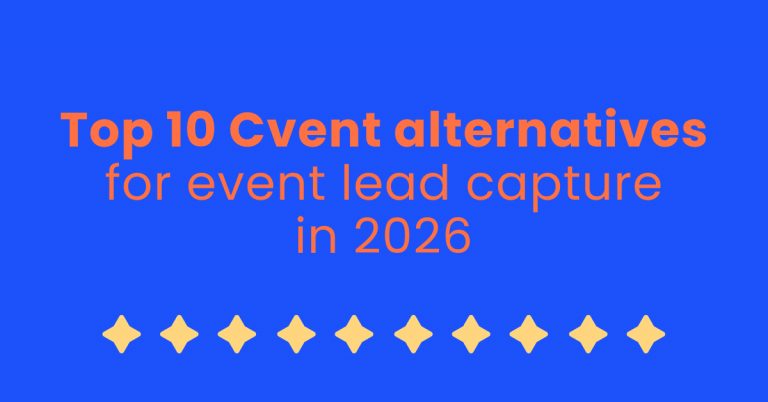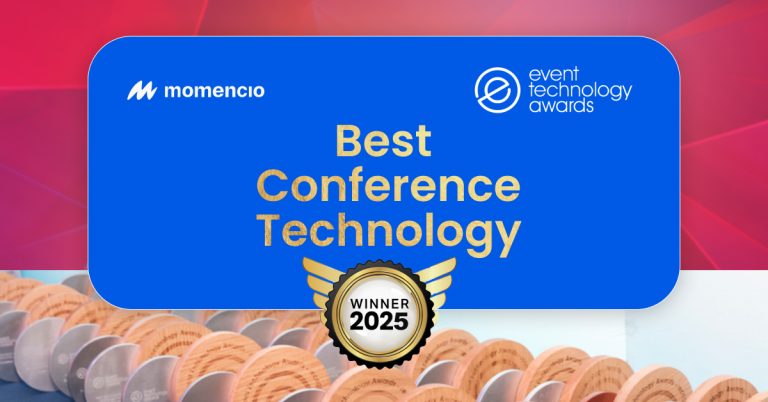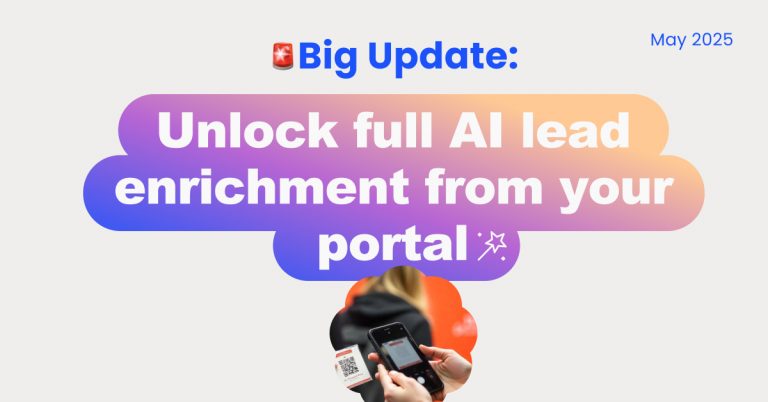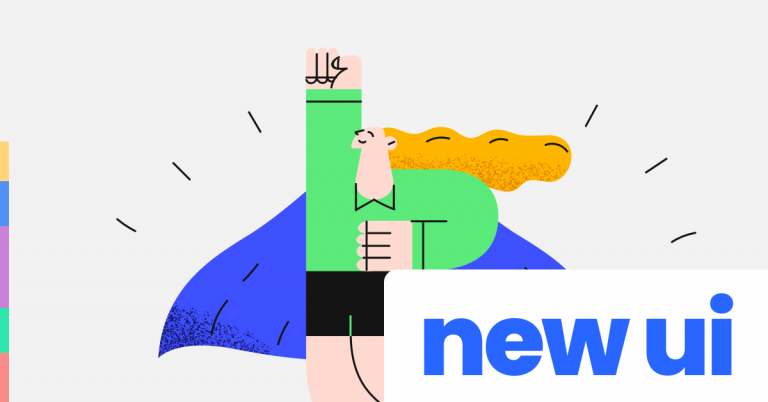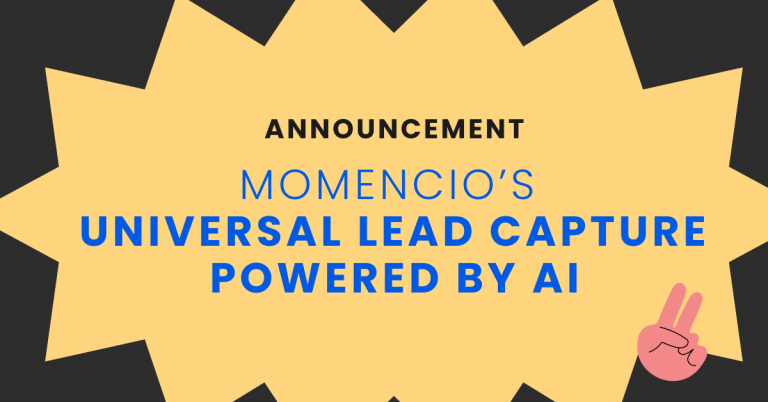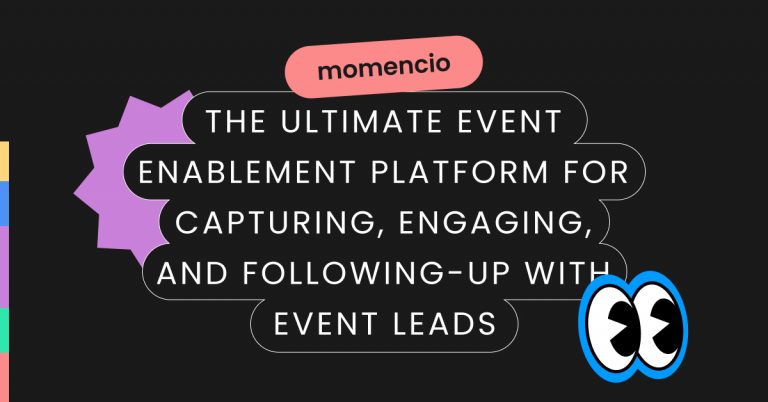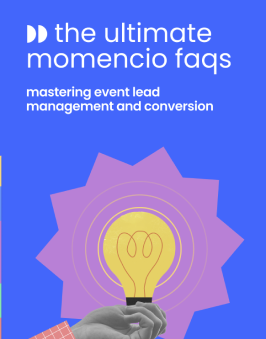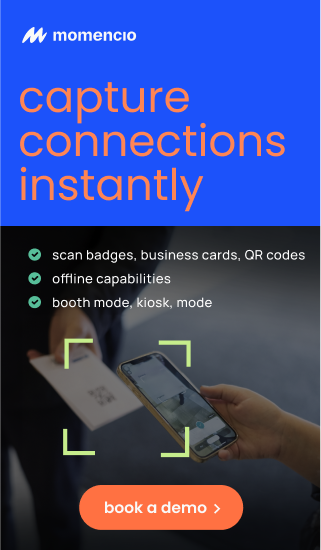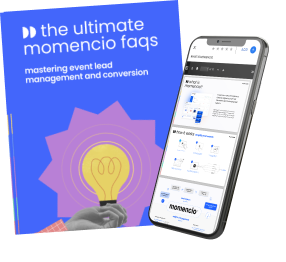🧭 The personalization gap in student recruitment
Modern students are savvy, digital-first, and accustomed to receiving content that matches their preferences—from Spotify, Netflix, and Amazon. So when they show interest in a university and receive a generic “Thanks for signing up!” email? That gap is jarring—and costly. 67% of students expect personalized communication from universities, yet most schools still rely on outdated, one-size-fits-all campaigns.
At the same time, teams are being asked to do more with less:
- Recruit more students
- Shorten yield cycles
- Improve application-to-enrollment conversion
But personalization at scale sounds impossible without big budgets, big teams, or complex tech stacks. Here’s the truth: you don’t need any of that.
With the right strategy—and the right tools—you can personalize every step of the student journey using:
- Real-time engagement data
- Smart segmentation by behavior and interest
- landing page-based follow-ups
- Automated prioritization by lead intent
In this article, we’ll break down what modern personalization really looks like in student recruitment—and show you how to do it at scale without drowning in complexity.
⚡ TL;DR
Students today demand personalized outreach that reflects who they are, what they care about, and how they engage. This article outlines exactly how modern higher education marketers can personalize student recruitment at scale—using behavior data, smart segmentation, and microsite-based automation to drive real outcomes. Bonus: Learn how engagement platforms like momencio make it manageable, measurable, and scalable across your recruitment funnel.
What personalization looks like in modern recruitment
When higher ed marketers hear “personalization,” many immediately think of basic segmentation—like using a student’s name in an email subject line or sending program-specific content based on declared interest.
But true personalization in modern student recruitment goes far beyond that. It’s about delivering the right content, at the right time, through the right channel—based on how each student behaves in real time.
🧠 Behavior-based personalization vs. static segmentation
Let’s break it down:
| Approach | Static segmentation | Behavior-based personalization |
| Based on | Demographics or declared interest | Actions taken (clicks, video views, downloads, return visits) |
| Example | Send all biology-interested students the same email | Send follow-ups based on whether a student watched the full virtual tour or clicked on financial aid resources |
| Limitation | Treats all students in a group the same | Adapts based on individual engagement |
| Outcome | Low open rates, slower funnel progression | Higher conversion rates, more counselor conversations |
Static segmentation gets you started. But to stand out with today’s prospective students, you need adaptive personalization—content and follow-up triggered by real engagement.
🎯 What modern students expect
Today’s applicants are digital natives who expect outreach to mirror their online experiences elsewhere:
- Speed: They want relevant content immediately after expressing interest.
- Relevance: They expect to see resources that match their specific goals (program, scholarships, location).
- Control: They want to consume information on their terms—not be forced through a static drip campaign.
Personalized communications improve enrollment likelihood by up to 34% when aligned with student interest and behavior. And yet, most institutions still send generic follow-ups—or worse, delay communication for days after a lead comes in. That’s not just outdated. It’s risky.
📱 Personalization in action: A real-world example
Let’s say a student fills out a form on your site for computer science.
Old school: They get a one-size-fits-all PDF about the program and a follow-up email in 3–5 days.
Modern approach: They instantly receive a landing page with:
- A welcome video from a current CS student
- A link to register for an upcoming info session
- Dynamic content pulled from recent CS faculty research
- Financial aid info tailored to their state
You then track:
- Which videos they watch
- What content they download
- Whether they return to the microsite
Now you know their true interest level—and what to send next. This is what modern personalization looks like: fast, contextual, and powered by engagement.
Step #1: Use engagement data to drive segmentation
Personalization starts with segmentation—but not the kind most schools are used to.
Demographic-based lists like “all students in Texas” or “everyone interested in biology” are useful starting points. But to truly personalize recruitment at scale, you need to segment based on what students are actually doing—not just what they said once in a form.
That means using engagement data—clicks, video views, time on page, downloads, and repeat visits—to create dynamic segments that reflect interest, intent, and timing.
🧠 What is engagement-based segmentation?
This approach groups students based on how they interact with your content across different channels:
| Behavior | Segment opportunity |
| Watched full scholarship video | Likely financially motivated — send financial aid content |
| Clicked “Visit Campus” twice in a week | Campus-ready — trigger in-person tour invite |
| Downloaded curriculum brochure + faculty profiles | Deep academic interest — prioritize counselor follow-up |
| Opened microsite but bounced in under 30 seconds | Low engagement — move to nurture sequence |
| Returned to the same microsite three times | High intent — escalate to priority list |
This type of segmentation goes beyond interests—it surfaces how invested a student is and what content resonates most.
⚙️ Tools to track student engagement in real time
You don’t need a massive MarTech stack to do this effectively. A higher education engagement platform like momencio captures:
Which assets a student clicks or downloads
- How long they engage with each section of a microsite
- What they revisit—and in what order
- Behavior trends across your entire funnel
This turns anonymous behaviors into actionable insights.
Institutions using behavior-based segmentation see an average of 27% higher email engagement and 34% lift in counselor conversion rates.
🛠️ Example: Segmenting for a follow-up campaign
Imagine you’re launching a post-webinar follow-up campaign for prospective nursing students. Here’s how engagement-based segmentation could work:
| Student behavior | Segment | Follow-up content |
| Watched full webinar + downloaded curriculum | High-interest | Microsite with scholarship info, counselor scheduling |
| Skimmed microsite, no downloads | Mid-interest | Email with video highlights and top FAQs |
| Clicked once, bounced quickly | Low-interest | Add to broader nurture stream with soft re-engagement |
Now your outreach is tailored to what each student actually cares about—and timed to when they’re most engaged.
🔗 Tip: Don’t wait for form fills
Most students won’t tell you what they want upfront. But their behavior tells you everything. Start segmenting based on:
- Engagement with your website
- Content viewed in emails
- Landing page heatmaps
- Event interactions and badge scans
This creates a dynamic student recruitment funnel where students move between segments based on their engagement—not just static profile data.
Step #2: Automate personalized follow-ups using landing pages
Once you’ve segmented students based on engagement, the next step is to follow up with personalized content—quickly, and at scale.
The challenge? Most universities are stuck using email blasts or one-size-fits-all landing pages. These methods:
- Feel generic
- Lack behavioral context
- Can’t adapt to individual student journeys
That’s why more institutions are turning to landing page-based follow-up: dynamic, personalized content hubs tailored to what each student has done—and what they need next.
🧠 What is a personalized landing page?
A landing page is a mini, branded web experience built for a specific student or segment. It can contain:
- Program-specific information
- Videos and testimonials
- Financial aid details tailored to geography or need
- Virtual tour embeds
- CTAs like “Schedule a Call” or “Apply Now”
When powered by an engagement platform like momencio, these landing pages are:
- Auto-generated based on interest or action
- Branded with your school’s look and feel
- Mobile-friendly and optimized for self-guided exploration
- Trackable—every click, scroll, and revisit is recorded
Landing pages increase time-on-page by 2.8x and boost engagement rates by 42% over static emails.
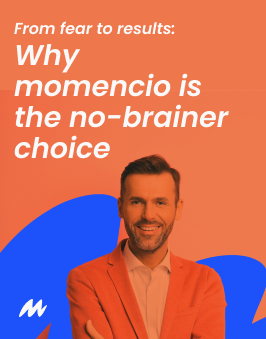
🛠️ Tools you’ll need to make this work
- An engagement platform like momencio to automate landing page generation and scoring
- A content library with reusable assets (videos, PDFs, tour links)
- Behavioral triggers like:
- Visited program page
- Attended a webinar
- Downloaded an eBook
- Smart templates to reduce content creation workload
No developers. No waiting. No more generic follow-up.
🔁 Why this works at scale
Landing pages let you:
- Reuse the same design across campaigns
- Dynamically swap content based on behavior or interest
- Reduce the burden on your admissions team while increasing impact
- Keep students engaged with fresh, relevant content
- Track and prioritize based on real-time interaction—not just opens
And most importantly, they allow your outreach to feel personal—without being manual.
Step 3: Prioritize outreach with real-time scoring
Once you’ve segmented your prospective students and automated personalized follow-ups, the next challenge is focus.
👉 Who should your admissions counselors call first?
👉 Which students are most likely to apply—or most at risk of ghosting?
👉 Who just re-engaged and needs immediate follow-up?
You can’t manually monitor thousands of students across email, events, and microsites. That’s where real-time engagement scoring becomes your team’s secret weapon.
🎯 What is real-time scoring in student recruitment?
Real-time scoring is the process of assigning value to student actions based on how deeply and recently they engaged.
Rather than scoring a lead based on static form fields (“Interested in Business Program, lives in Arizona”), real-time scoring adapts based on what the student does:
| Behavior | Sample Score |
| Watched full program video | +15 |
| Opened landing page within 10 minutes of delivery | +10 |
| Downloaded financial aid PDF | +20 |
| Revisited microsite twice in one week | +25 |
| Bounced within 10 seconds | -5 |
Over time, scores accumulate and reflect intent, not just interest.
📊 Why real-time scoring beats traditional CRM ranking
CRMs often sort leads by recency or demographic fit—not actual engagement. Real-time scoring changes that:
- Counselors know who’s ready to talk
- Marketing teams know who to retarget
- Events teams know which attendees to invite back
- No one wastes time on cold leads
This isn’t just efficient—it’s effective. Institutions that use behavior-based scoring see up to 60% faster follow-up cycles and significantly improved application conversion rates.
⚙️ How to build a scoring model that works
Here’s a basic framework:
🔹 Define key behaviors
- Landing page visit
- Video watch (full vs. partial)
- Resource downloads
- Return visits
- Event attendance
🔹 Assign values based on engagement depth
- Quick clicks: +5
- Watched full video: +15
- Revisited same content multiple times: +20
- No engagement after follow-up: -10
🔹 Set thresholds for action
- 50+ = counselor call
- 30–49 = nurture track
- <30 = low-priority follow-up or remarketing
🔹 Automate the alerts
Platforms like momencio allow you to:
- Set scoring rules
- Route high-interest students to assigned counselors
- Sync scores to your CRM or admissions dashboard
🛠️ Example: Turning scoring into results
Let’s say a student:
- Attended a recruitment webinar (+10)
- Downloaded the curriculum guide (+15)
- Revisited the microsite two days later (+20)
- Clicked on the “Visit Campus” CTA (+15)
Total score: 60
✅ Counselor alerted.
✅ Personalized outreach triggered.
✅ Likelihood to apply: high.
Now imagine this process scaled across 3,000 prospects. That’s recruitment intelligence—not just data.
How to scale this without a huge team or budget
One of the biggest myths in higher ed marketing is that personalization at scale requires an enterprise-level tech stack, deep pockets, and a large, specialized team.
But the truth is, with the right strategy and the right tools, even lean teams can execute powerful, personalized student recruitment campaigns—without adding headcount or depending on IT.
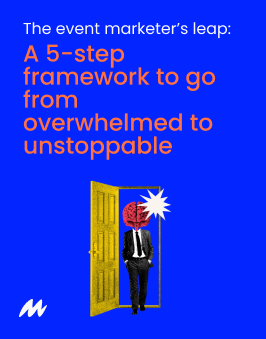
🧠 The scalability problem: Why teams stall
Most universities already have:
- A CRM or admissions platform
- Email marketing tools
- A website CMS
- A lean, overextended team trying to manage it all
The result?
- Generic email campaigns that underperform
- Static content that doesn’t adapt to behavior
- Counselors wasting time on cold or mismatched leads
The key to scaling personalization is to automate intelligently, not excessively. You don’t need more tools—you need the right one to close the gaps.
🚀 Enter the higher education engagement platform
A tool like momencio solves this by acting as the engine that connects:
- Lead capture
- Personalization
- Follow-up automation
- Engagement scoring
- Real-time alerts
- Campaign tracking
And the best part? It doesn’t replace your CRM or marketing tools—it enhances them.
⚙️ What you need (and don’t need)
| You DON’T need… | You DO need… |
| A full-time dev team | No-code tools to create microsites & automations |
| Multiple disconnected platforms | A single platform that unifies engagement |
| Complex data mapping | Real-time scoring and alerts built in |
| Weeks of IT onboarding | A solution that deploys in days |
Platforms like momencio were built with non-technical users in mind—admissions, marketing, and enrollment teams who need to move quickly and act on interest in the moment.
📦 Fast implementation, long-term impact
Here’s how scalable personalization works with a platform like momencio:
- 🎯 One platform for lead capture, follow-up, and scoring
- 🛠️ No-code builder for branded microsites and emails
- 📊 Engagement dashboards by persona or team (e.g., admissions vs. marketing)
- 🔄 CRM or marketing automation integrations (Salesforce, Slate, HubSpot, etc.)
- 📬 Real-time alerts routed to counselors—no spreadsheets, no guesswork
And because you don’t need to wait on IT, you’re able to:
- Launch follow-up campaigns after your next virtual fair
- Create program-specific content flows in hours
- Track which messages, channels, or assets actually convert
Teams using a unified engagement platform reduce campaign setup time by up to 60% and improve follow-up speed by 70%.
🎓 Scale smart—not wide
You don’t need a massive team or a six-figure budget. You just need to:
- Focus on engagement, not just forms
- Use behavior to trigger follow-up
- Automate based on interest—not static lists
The combination of strategy and a scalable platform makes personalized student recruitment possible for any institution.
Common pitfalls to avoid in personalized recruitment
Personalizing student recruitment at scale sounds like a dream—but without the right guardrails, it can quickly become fragmented, inconsistent, or even counterproductive.
Here are the most common mistakes universities make—and how to avoid them.
❌ 1. Relying too heavily on demographic segmentation
The problem:
Sending emails to “all STEM-interested students from California” may sound specific, but it assumes every student in that group has the same needs, preferences, and level of interest.
The fix:
Use demographic data to group broadly—but personalize based on behavior. For example:
- Show different content to students who watched a financial aid video vs. those who clicked on research faculty bios.
- Prioritize engagement, not just profile data.
❌ 2. Following up too slowly
The problem:
You hosted a recruitment webinar and plan to send a follow-up “next week.” By then, half the students you wanted to impress have moved on—or forgotten who you are.
The fix:
Follow-up within 24–48 hours based on actions taken.
- A student downloads the curriculum? Send them a microsite with next steps.
- They watch the virtual tour? Alert a counselor that they’re likely campus-ready.
Speed matters: Following up within 24 hours makes you 3X more likely to convert that student.
❌ 3. Sending generic, non-actionable content
The problem:
You’re emailing students, but everything feels templated and dry—like a brochure instead of a conversation.
The fix:
Use personalized microsites that:
- Reflect a student’s interests
- Include dynamic CTAs (e.g., “Schedule a call with your advisor”)
- Offer videos, documents, and virtual tours tailored to behavior
❌ 4. Overloading your team with low-priority leads
The problem:
Counselors are spending time calling students who opened one email two weeks ago—while high-intent leads go unnoticed.
The fix:
Use engagement scoring to:
- Prioritize outreach by behavior
- Route leads to the right person at the right time
- Automate nurturing for lower-interest students
This ensures your team focuses on the top 20% who are most likely to take the next step.
❌ 5. Running personalization efforts in silos
The problem:
Marketing is personalizing content, but admissions doesn’t see what’s being sent. Events teams collect leads but never pass them along. Nobody has the full picture.
The fix:
Unify teams with a shared engagement platform. When everyone sees:
- The same lead scores
- The same content engagement
- The same student journey
…it leads to faster decisions, smarter outreach, and better outcomes across departments.
✅ Bonus Tip: Don’t overcomplicate it
You don’t need every possible personalization path mapped out before you start. Begin with:
- One landing page template
- A few key behaviors to score
- One campaign flow with automated follow-up
Then iterate based on engagement.
Conclusion: Smart personalization wins students—at scale
Today’s students are digital-first, behavior-driven, and highly selective. They expect universities to communicate with the same speed, relevance, and personalization they experience from brands like Spotify or Netflix.
And while that may seem like an impossible standard for lean higher ed teams, it’s entirely within reach.
With the right strategy—and the right platform—you can:
- Capture nuanced engagement data
- Segment dynamically based on real behavior
- Send personalized microsites that actually convert
- Score leads in real time to prioritize high-intent prospects
- Do it all without overloading your team
The future of recruitment isn’t mass outreach. It’s scalable personalization—the kind that turns anonymous interest into applications, one click at a time. If your team is ready to ditch generic emails and move toward smart, scalable student recruitment, there’s never been a better time to upgrade your approach.
💡 momencio gives you everything you need:
- Engagement tracking
- Personalized landing pages
- Automated follow-ups
- Real-time scoring
- All in one platform—designed for non-technical users
🚀 Book a free demo today and see how momencio helps admissions and marketing teams personalize recruitment at scale—without the stress.
FAQs
- What is personalized student recruitment?
- Personalized student recruitment involves tailoring communication and content to prospective students based on their behaviors, preferences, and interactions with your institution. Instead of sending the same message to every student, personalization delivers the right message at the right time—based on real engagement.
- How can we personalize outreach without a huge admissions team?
- Use automation tools that personalize at scale. Platforms like momencio let you trigger follow-ups based on behavior (such as microsite views or downloads), send personalized microsites instantly, and score leads in real time to prioritize outreach. This minimizes manual work while improving results.
- What kind of data is used for behavior-based segmentation?
- Behavior-based segmentation uses clicks and link interactions, video watch time, landing page visit duration and return frequency, as well as event attendance and content engagement. These indicators reveal actual interest and intent.
- What’s the benefit of using microsites instead of regular email follow-up?
- Landing pages deliver a dedicated, branded, and personalized experience with multiple resources in one place. They increase time-on-page and engagement, can be customized based on the student’s program, geography, or behavior, allow for full engagement tracking and follow-up insights, and outperform static email content in both open and click-through rates.
- Do I need a CRM to do personalized recruitment at scale?
- Not necessarily. While a CRM is useful, a platform like momencio can operate as a standalone engagement engine, integrate with CRMs like Salesforce or Slate, and handle lead capture, follow-up, scoring, and analytics. This gives you flexibility depending on your tech stack and resources.
